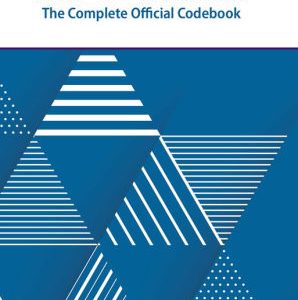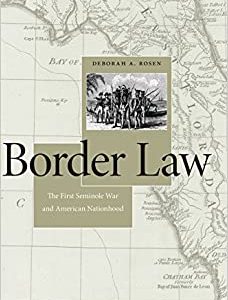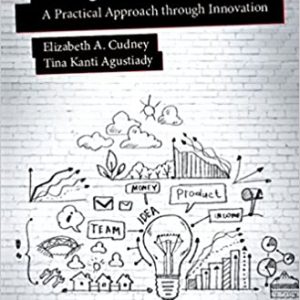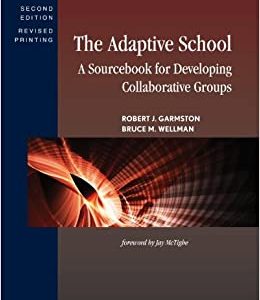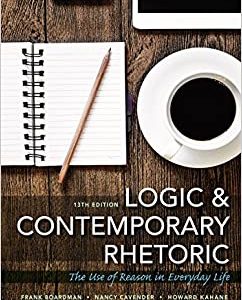Overview
The third edition of?Investigating Culture: An Experiential Introduction to Anthropology, the highly praised innovative approach to introducing aspects of cultural anthropology to students, features a series of revisions, updates, and new material.
- Offers a refreshing alternative to introductory anthropology texts by challenging students to think in new ways and apply cultural learnings to their own lives
- Chapters explore key anthropological concepts of human culture including: language, the body, food, and time, and provide an array of cultural examples in which to examine them
- Incorporates new material reflecting the authors? research in Malawi, New England, and Spain
- Takes account of the latest information on such topical concerns as nuclear waste, sports injuries, the World Trade Center memorial, the food pyramid, fashion trends, and electronic media
- Includes student exercises, selected reading and additional suggested readings
Product Details
| ISBN-13: | 9781118868867 |
|---|---|
| Publisher: | Wiley |
| Publication date: | 02/15/2017 |
| Sold by: | Barnes & Noble |
| Format: | NOOK Book |
| Pages: | 424 |
| Sales rank: | 912,129 |
| File size: | 8 MB |
About the Author
Carol Delaney is Associate Professor Emerita of Cultural and Social Anthropology at Stanford University. She is author of The Seed and the Soil: Gender and Cosmology in Turkish Village Society (1991), Abraham on Trial: The Social Legacy of Biblical Myth (1998), and Columbus and the Quest for Jerusalem (2011).
Deborah Kaspin is an Adjunct Professor of Anthropology at Rhode Island College and has also taught at Yale University, the University of Virginia, and Wheaton College. She is editor of Images and Empires: Visuality in Colonial and Postcolonial Africa (2002) with Paul Landau.
Table of Contents
Acknowledgments xi
1 Disorientation and Orientation 1
Introduction; how culture provides orientation in the world; what is culture and how do anthropologists investigate it? Learning to think anthropologically.
Exercises 24
Reading: Laura Bohannan, ?Shakespeare in the Bush? 27
2 Spatial Locations 33
How do we situate or locate ourselves in space? Are notions of space ?universal? or are they shaped by culture? This chapter explores these questions from macro to micro contexts, including discussion of maps, nations, segregation, public spaces, invisible spaces, and that space that is no place: cyberspace.
Exercises 65
Reading: Sue Bridwell Beckham, ?The American Front Porch: Women?s Liminal Space? 67
3 All We Have Is Time 79
Time is another major way we orient ourselves. What does it mean to be on time, out of time, or in time? This chapter discusses different cultural notions of time, the development of measuring time and clocks, the construction of the Western calendar and its rootedness in a sacred worldview, and birthdays and other markers of time.
Exercises 109
Reading: Ellen Goodman, ?Time Is for Savoring? 111
4 Language: We Are What We Speak 113
Is language quintessentially human or do some other animals possess it? Communication versus language. Writing. The symbolic function and metaphor: Different languages, different worlds? The social function: What information do you obtain from a person?s speech? How are race, class, and gender inflected in language?
Exercises 145
Reading: Ursula LeGuin, ?She Unnames Them? 148
Reading: Alan Dundes, ?Seeing Is Believing? 149
5 Relatives and Relations 155
Notions of kinship and kinship theory: To whom are we related and how? Is there any truth to the idea that ?blood is thicker than water?? What constitutes a family? This chapter also discusses different meanings of friendship, romantic relationships, and parent?child relationships.
Exercises 185
Reading: A. M. Hocart, ?Kinship Systems? 188
6 Our Bodies, Our Selves 193
Are we our bodies or do we have bodies? Different concepts of the body, the gendered body, the physical body, the social body. Techniques and modifications of the body. Tattoos. Body parts and organ transplants. Traffic in body parts. Body image, advertisements, and eating disorders. Bodies before and after death.
Exercises 227
Reading: Horace Miner, ?Body Ritual among the Nacirema? 230
Reading: Deborah Kaspin, ?Women Who Breed Like Rabbits and Other Mythical Beasts: The Cultural Context of Family Planning in Malawi? 233
7 Food for Thought 239
What constitutes food? What makes a meal? What does it mean to say that ?food is love?? Relation of food to the environment. Fast food, slow food, genetically modified food (?Frankenfood?). Food and sex. Food and civility.
Food and religion. Cooking.
Exercises 277
Reading: Jill Dubisch, ?You Are What You Eat: Religious Aspects of the Health Food Movement? 279
8 Clothing Matters 289
Clothing does more than cover the body; it is also a cultural index of age, gender, occupation, and class. Is it then true that ?clothes make the man?? Haute couture, sweat shops, clothing, and the economy.
Exercises 330
Reading: Julio Ram?n Ribeyro, ?Alienation (An Instructive Story with a Footnote)? 333
9 VIPs: Very Important People, Places, and Performances 341
Certain people, places, events, and cultural practices become iconic; they embody cultural myths or epitomize cultural values. Why are certain people described as ?larger than life?? Why are certain places sites of pilgrimage or reverence? The global circulation of such icons.
Exercises 382
Reading: Clifford Geertz, ?The Impact of the Concept of Culture on the Concept of Man? 385
Index 397
What People are Saying About This
“Using an innovative and novel framework, Delaney’s?Investigating Culture?moves students through a series of anthropological concepts and demonstrates the ways in which universal human concepts- time, space, family, status and gender are reformulated across the breadth of human cultural diversity. This book draws from classical and contemporary ethnographic texts providing students a week-by week journey through the study of human culture- pedagogically brilliant, easy to teach and well structured, this work provides students with engaging assignments, topics for discussion and advanced questions for those interested in more advanced research. I use it every year…”‘
Michael Wilcox, Stanford University
PRAISE FOR FIRST EDITION
“Engaging, intelligent, and intellectually generous,?Investigating Culture?introduces students to cultural anthropology ?- and reintroduces all of us to our everyday worlds as seen through ethnographic eyes. Delaney brings together acute observation, revelatory projects, telling and appropriate comparisons, and an imaginative and stimulating range of readings. A book I’m eager to teach!”
Don Brenneis, University of California, Santa Cruz
“A splendid achievement. Carol Delaney has written an absorbing and strikingly original introduction to anthropology.?Investigating Culture?takes students on a self-reflexive journey around the world and back home again. Courageous, conversational, scholarly, and engaging.”
Carol Stack, University of California, Berkeley



